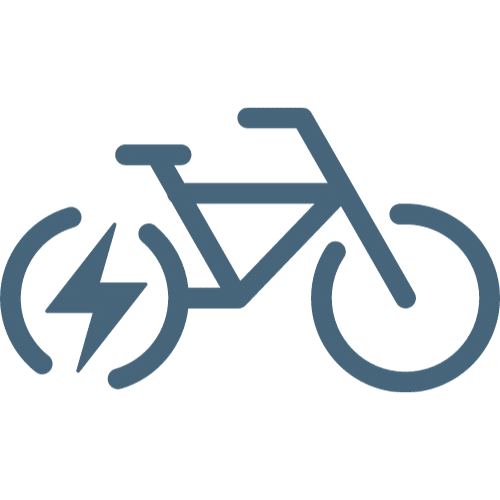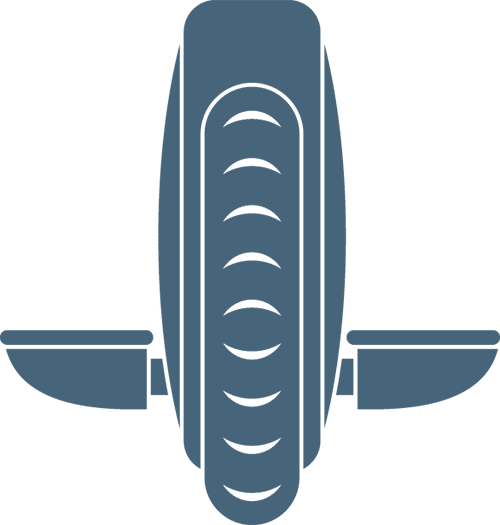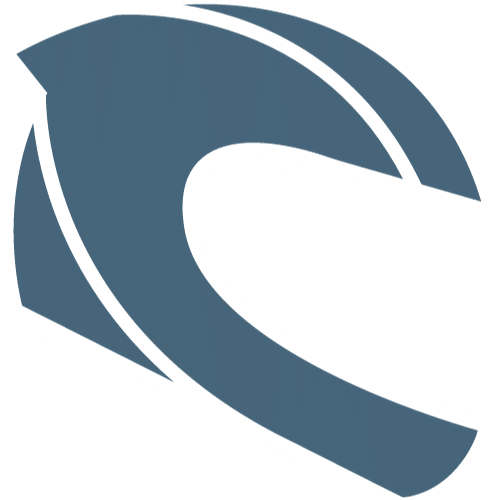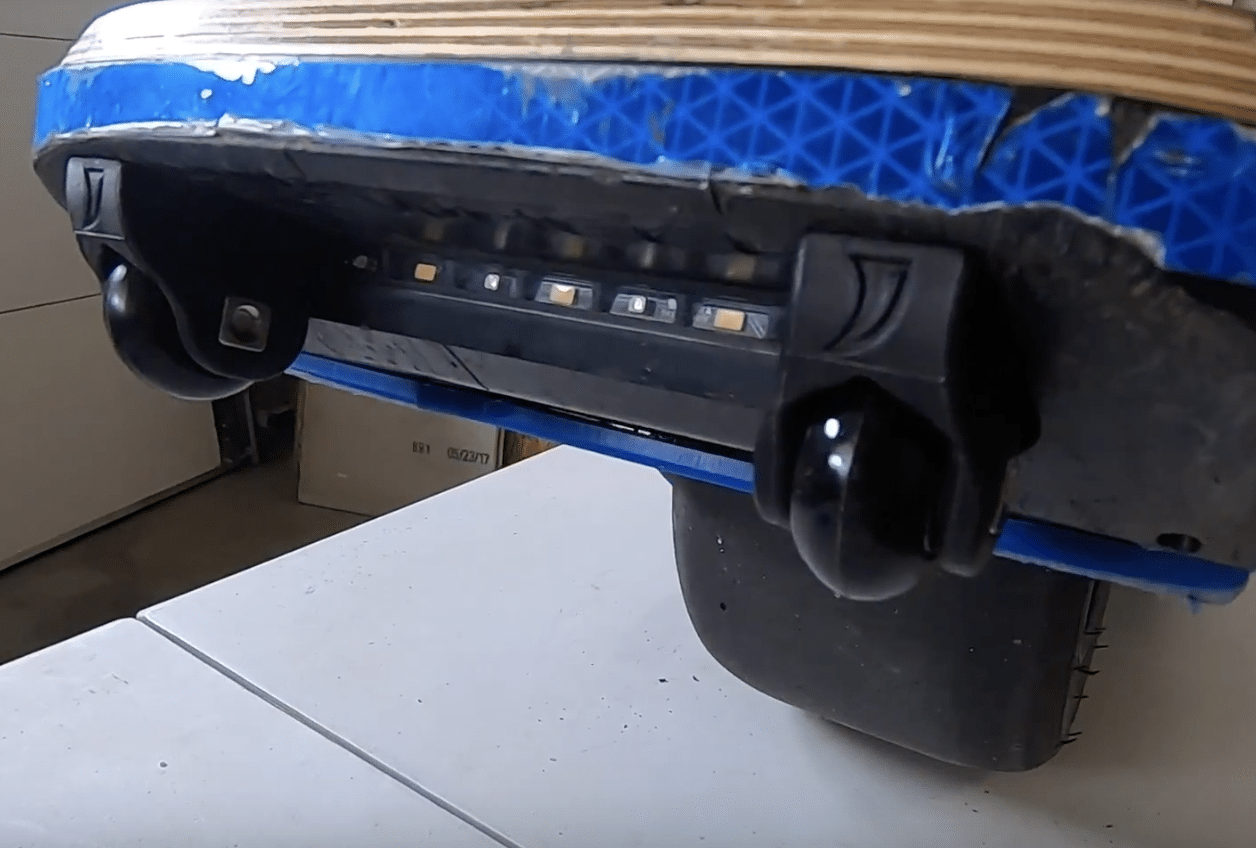Summary
Fangs DO NOT prevent nosedives. They simply help prevent the nose of the Onewheel from stopping abruptly during a nosedive which can give the rider just enough time to recognize, react, and recover from the nosedive or at least prepare for a fall. They can also be fun when used with certain maneuvers such as Curb Nudges and Fang Drags.
Keep reading for my evolving review of the Fangs.
Introduction
I am a belt and suspenders guy.
I am risk averse. It’s pretty simple, I don’t participate in activities involving what I deem to be excessive risk. When I do find myself in a situation where risk is involved, I find ways to decrease the risk.
Here are some examples:
Almost all of my investments are in index funds and I rarely invest in single stocks.
I always buckle up when I’m in a car, even if the car is off sitting in my garage with the garage door closed.
Finally, when I wear an outfit requiring suspenders, I also wear a belt… just in case. It’s nice to have a backup.
As the main breadwinner for my family and as a father of four children, I have a lot depending on me. That is why safety is a big concern of mine.
One may ask why I would ride a Onewheel if I have such an aversion to risk. My answer is that as with anything in life there are risks, benefits and opportunity costs. The Onewheel brings me so much joy that I am willing to accept a certain level of risk. Of course there are also ways to mitigate risk with riding habits and safety gear such as helmet and wrist guards.
With safety being such a priority for me, I was fascinated when I first started hearing about “Fangs” which are basically small wheels that you attach to your front bumper which, “reduce the friction of the nose on the ground, so when your Onewheel’s front bumper meets pavement, it won’t stop instantly and throw you off from the sudden deceleration.”
Please understand that Fangs DO NOT prevent nosedives. They merely prevent your board from abruptly stopping when the nose of your board touches down. This gives the rider time to recognize, react, and recover. The extra time that the Fangs give you enables you to prepare to bail correctly and hopefully avoid serious injury.
Why Do Nosedives Happen?
The design of the Onewheel, with the large wheel in the center of the board, is both the board’s blessing and the board’s curse. Anyone familiar with the Onewheel knows that the nosedive is one of the most dreaded ways to fall from the board.
There are three main causes of nosedives: riding habits/conditions, low battery, and equipment failure. Only two of those three causes can be prevented by the rider while equipment failure, should it happen, is unavoidable.
Basically, a motorized device that has 3 or 4 wheels will coast to a stop if ever the motor fails. Imagine running out of gas in your car. The car just comes to a stop. The Onewheel with its one wheel is more like a helicopter high in the sky that runs out of power. Should the motor on a Onewheel or helicopter give out during operation, both have little chance of a graceful landing.
The Onewheel needs power just to keep the board level. If you exceed the capacity of the motor or if you run out of power the board can no longer keep the board level and the nose of the board will dive into the ground and come to an abrupt and complete halt as the rider is thrown to the ground.
For most riders going at speeds greater than 15 miles per hour, this results in almost no time to react which is one reason why so many Onewheel nose dive injuries at high speed result in injuries to the lead shoulder and clavicle.
At high speeds, when there is a nosedive there is not enough time for a recreational rider to tuck and roll.
Watch some bad Onewheel nosedive videos and you will notice that because there is very little time for the rider to react and the fall usually results in a slam into the pavement rather than a tuck and roll.
How Do Fangs Help?
Enter bumper wheels such as Fangs. I love the concept and I wanted to give them a try. Fangs mean different things for different people. Some consider them like training wheels and are abhorred at the idea of adding extra wheels to a “One” wheel.
Fangs should not be considered training wheels. Training wheels on bikes are almost constantly touching the ground and are relied upon to keep the bike upright whereas Fangs should not touch the ground with normal use (unless doing curb nudges or various tricks such as Fang Drags).
Bumper wheel products such as Fangs should be considered safety equipment that will help to decrease the risk of serious injury. Think of it like an airbag which will not prevent crashes but Fangs can potentially buy you a few precious seconds to either help you recover or prepare yourself to fall.
I hope to never have to really use the Fangs as a safety feature but I am comforted by the knowledge that they are there if we ever need them; much like the trusty belt I wear around my waist whenever I wear suspenders.
Installation of the Fangs was a breeze. You can see the entire installation video here:
Once I had installed the Fangs I was confronted with the dilemma of how to try them out. I have hundreds of miles on both of my Onewheels and I have only had a “nosedive” twice, both at very low speeds while going up a hill on a low battery.
In both instances I was unprepared for the nosedive. I did not recognize the pushback because I was already going up a hill so I thought it was natural to have the nose of my board up. In each instance, because I was going at a relatively slow speed of 5-10 miles, I was thrown off the board but was able to stay on my feet.
My Experience with Fangs
So how does someone like me test the Fangs to see how well they work? I could run the batteries down on my board and then go hard up a steep incline. Or I could heavily accelerate putting all my weight on the front of the board and do a Fangs Drag.
My least favorite idea is to put on as much safety gear possible and to ride my Onewheel like Speed Racer, fighting through the push back until I exhausted the motor’s capacity to keep me upright and thus causing a classic nose dive.
As risk averse as I am, the thought of being a crash test dummy for the Fangs is not appealing. It feels like I am trying to find situations that go against who I am and how I ride. It is like asking me to find a way to test the airbags on a new car.
So I am still thinking of a “safe” way for me to test out these Fangs. If you have an idea, I would love to hear it. Currently I plan on going aggressively up some steep hills that I usually just methodically carve up.
I will say that I do use the Fangs to go up curbs, aka curb nudges, which I never did before. Also, on more than one occasion the Fangs have saved me on tight turns where the edge of the front of my Onewheel caught the ground. It should have resulted in a fall but because of the inconspicuous wheels at the front of my Onewheel I was able to glide out of it and continue riding.
As the days grow shorter and the snow and cold weather moves in, I won’t be on my Onewheel as much for the next few months. But I hope to get some quality time in when the weather and schedule permits.
Stay tuned for a full review of the Fangs once I get more experience under my belt.
To learn more about Fangs, check out their website.








